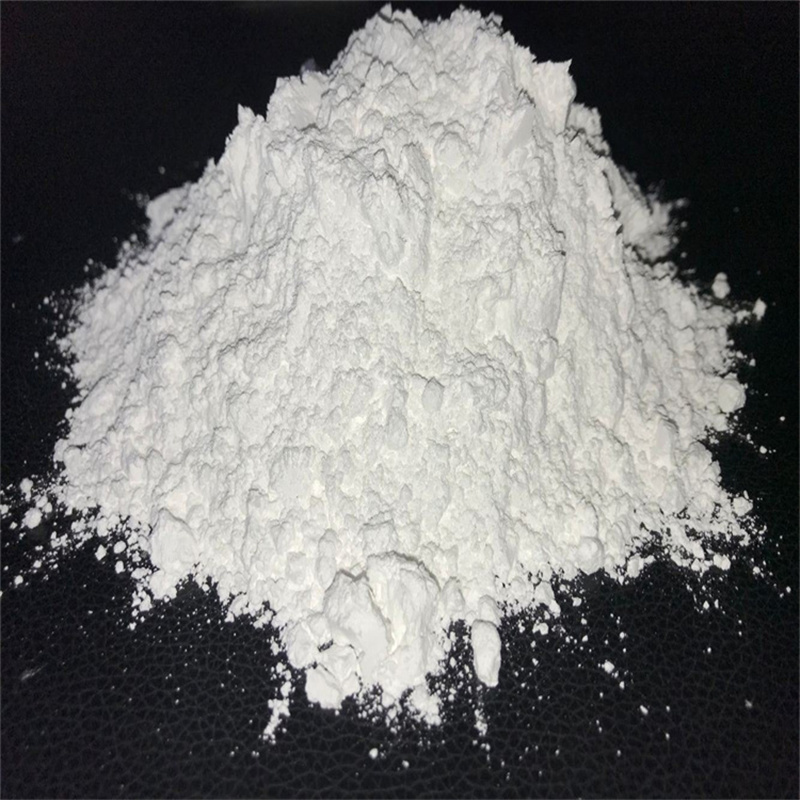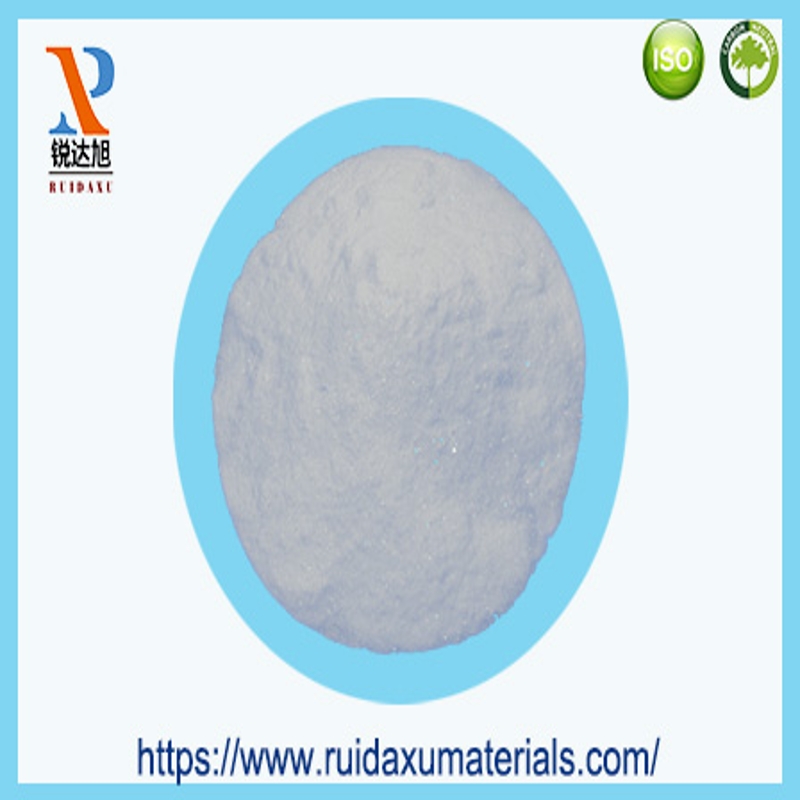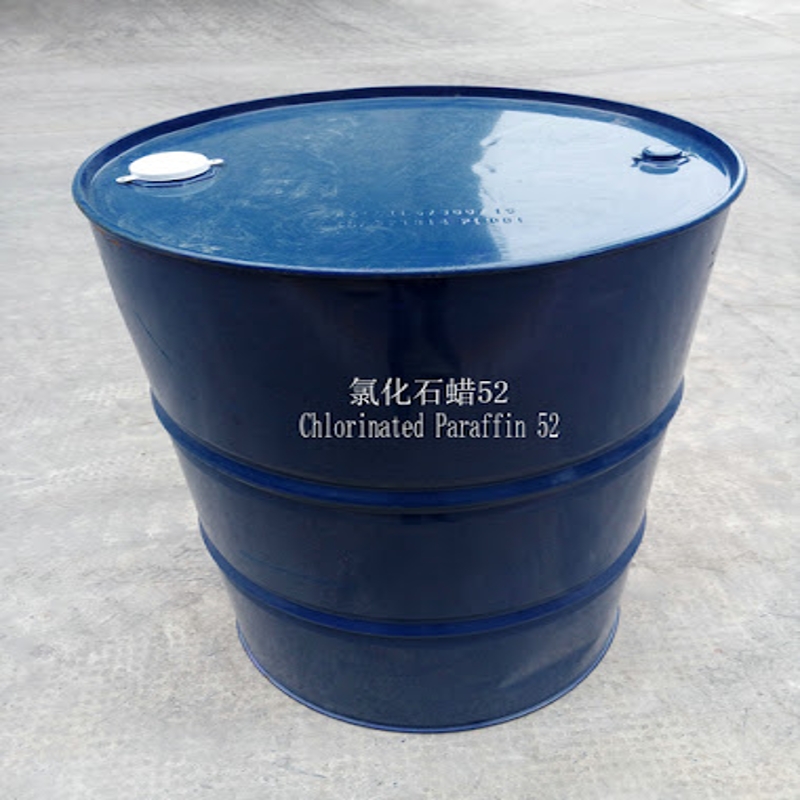Study on titanium dioxide organic envelope.
-
Last Update: 2020-09-19
-
Source: Internet
-
Author: User
Search more information of high quality chemicals, good prices and reliable suppliers, visit
www.echemi.com
Titanium dioxide organic envelope research
Zhang Jianlin, Li Haiyan, Yang Zhen, Li Ming, Long Xiang, Zhang Junli
(Yunnan Metallurgical Xinli Titanium Co., Ltd., Kunming 650100) 0 foreword
TiO2 (commonly known as titanium dioxide powder) is a polymorphosis compound, the natural world mainly has plate titanium type, sharp titanium type, gold redstone type 3 types of crystalline. Its physicochemical properties are stable, non-toxic and harmless, with high whiteness, high cover, excellent gloss and antichromic force and other advantages, widely used in coatings, inks, plastics, paper, rubber, chemical fiber, cosmetics and other industrial fields. Due to the characteristics of titanium dioxide crystal structure, there are photochemical activity defects (Schottki defects), which affect the application performance of titanium dioxide. Therefore, in practical application, titanium dioxide needs to be treated with table bread cover to shield the photo catalytic effect of ultraviolet light on it. Usually, inorganic table bread cover treatment is carried out first to improve its weather resistance, dispersion, etc., and then organic table bread cover treatment is carried out to further improve dispersion, gloss and so on. At present, usually first the use of silicon, aluminum, vanadium, titanium and other inorganic salts for TiO2 surface inorganic cladding, improve its dispersion, weather resistance, gloss, etc. , and then the use of amine compounds, polyols, silicone compounds, organic acids, etc. for TiO2 organic cladding. Further improve its dispersion. The laboratory usually uses high-speed stirring wet method to cover organic matter, vibration mixing method to cover organic matter, steam powder method to cover organic matter. This paper analyzes the actual
3 methods, discusses the advantages and disadvantages of 3 coating methods, and provides reference for laboratory coating TiO2 organic matter.1 Experimental Part
1.1 Reagents and Instruments
1.1.1 Main Raw Materials and Reagents
The raw materials and main reagents used in the experiment are found in Table 1.1.1.2 Main equipment and instruments Used in experiments can be found in Table 2.1.2 Experimental flow (see Figure 1)
chlorinated titanium white powder after the early middle and sanding dispersion, inorgable Si, Al coating, and then filter to obtain the filter cake material of the experiment. Filter cake material is divided into 3 processes for TME organic cladding.1.3 Experimental Method
(1) Slurry: Configuration 7 L concentration of 350 g/L of chlorinated titanium white powder, add concentration of 50 g/L of sodium hexaphosphate 15 mL, stirring and adjusting slurry pH of 10.0 to 10.5.
(2) sanding dispersion: the medium-to-the-back slurry is ground with a laboratory-type grinder, the slurry cycle grinds 15 min, and the grinding speed is 2,000 r/min. The particle size of the titanium dioxide slurry after grinding dispersion was determined.
(3) silicon-encrusted experiment: the amount of 5 L sanding after the slurry poured into a single-layer glass reactor, the opening stirring speed is set to 150 r/min, the water bath heated to the slurry temperature of 60 degrees C. With 1 mol/L solution of sulfate and 1 mol/L solution of sodium hydroxide to adjust the pH of the slurry solution of 10.0 to 10.5, stirring and dispersing 5 min, removing the quantitative solution of sodium silicate (in SiO2 concentration of 100g/L) added to the single-layer glass reactor, 20 min.
(4) aluminum-encrusted experiment: transfer the appropriate amount of sodium aluminate solution (with a concentration of 100 g/L in Al2O3) slowly added to the single-layer glass reactor, after 15min ionization, then take the appropriate amount of aluminum sulfate solution (with Al2O3 concentration for 250 g/L) slowly added to a single-layer glass reactor, 15 min, with 1 mol/L sulfuric acid solution and 1 mol/L sodium hydroxide solution titration slurry solution pH of 5.5 to 6.5, 10 min.
(5) pressure filtration washing: the slurry after the coating with the laboratory diaphragm filter for pressure filtration, the slurry poured into the pressure filter machine with 60 degrees C desalination water washing to the conductivity of less than 100 s/cm, to obtain the filter cake. It is said that the 1 000 g filter cake is configured as 500 g/L of slurry for use, the remaining filter cake is taken to the stainless steel porcelain plate, the temperature of the electric thermostat blowing air drying box temperature to 145 degrees C continuous drying 12 h, after cooling dry titanium white powder with a high-speed dispersor for coarse powder.
(6) High-speed dispersion cladding TME: the pressure filtered configuration of 500 g/L slurry in the high-speed disperser dispersion cylinder, adjust the high-speed dispersion machine speed of 3,000 r/min, add the appropriate amount of TME high-speed dispersion 30 min. After dispersion, the material is placed in a stainless steel porcelain plate, adjust the temperature of the electrothermal constant temperature blowing drying box to 145 degrees C continuous drying 12 h, after cooling dry titanium dioxide powder with a high-speed dispersor for initial powdering, and then with a laboratory-type air flow shredder for crushing, crushing medium for de-oil dehumidification compressed air, crushing pressure of 1.0MPa, feed pressure of 0.8 MPa;
(7) oscillation dispersion clad TME: 500 g of thick powder called titanium dioxide, add the appropriate amount of TME oscillation dispersion 30 min. After the laboratory-type air flow shredder for crushing, the crushing medium for de-oil dehumidification compressed air, crushing pressure of 1.0 MPa, feed pressure of 0.8 MPa;
(8) steam flow crushing clad TME: called take titanium dioxide crude powder 500 g, with laboratory-type air flow crusher to crush, crushing medium for de-oil dehumidification compressed air, crushing pressure of 1.0 MPa, feed pressure of 0.8 MPa;
1.4 Performance symptoms and tests
1.4.1 granularity test
particle size test: the finished sample of 0.1 g titanium dioxide is said to be dissolved in 40 mL distilled water, dripping 0.5% sodium hexaphosphate, stirring 3 min on the magnetic mixer, and then put into the ultrasonic cleaner ultrasonic 3 min. The Average Results were measured 3 times using the Malvern Mastersizer 2000 laser granularity meter.
1.4.2 dispersion test
long lyolate resin with a solid content of 40%.
oscillation dispersion: Dispersion detection is determined according to iso 8780-2:1990 "Dispersion Method for The Evaluation of Dispersion by Pigments and Body Pigments Part 2: Dispersion with Oscillation Grinding". Detection parameters: pigment content of 40%, dispersion time of 10 min, the number of particles calculated as scraper fine scale between 25 to 50 ticks of particles.
high-speed stirring dispersion: dispersion according to ISO 8780-3:1990 "pigments and body pigments assessment dispersion method Part 3: dispersion with high-speed mixers" standard determination. Detection parameters: pigment content of 70%, dispersion line speed of 10.5 m/s, high-speed dispersion time of 10 min;
1.4.3 Color Test
Coating Color: After the coating film made of full cover, according to GB/T 11186.2-1989 "Film Color Measurement Method Part II: Color Measurement" standard detection
; Membrane, according to GB/T 23981-2009 "white and light paint ratio measurement" standard detection, gloss: in the glass plate using GB/T 9754-2007 "color paint and varnish without metallic pigments color paint film 20, 60 degrees and 85 degrees mirror gloss determination" standard sample and testing. 2 results and discussion
2.1 particle size test results
titanium dioxide particle size in the oxidation stage has been fixed, because the particles attract each other so that titanium dioxide particles group together, sanding process is only to open the reunion, after a series of processes, titanium dioxide powder can produce a second reunion, so the use of vapor powder for crushing. The laser particle size analyzer is based on the laser scattering on the surface of the particle under test, the angle and light strength of the scattered light will vary depending on the particle size, according to the Mits scattering and Fleury diffraction theory. From Figure 2, Figure 3 can be seen that the three sample particle size difference is not big, further explained that the sanding steam powder process can not change the particle shape size, can only open the reunion, play a role in de-gathering. Test results D50, D90 comparison, sample No. 3 steam powder effect is relatively good, particle size is more concentrated.
of 2.2 3 titanium dioxide samples
as can be seen from Figure 4: vibration dispersion is higher than high-speed stirring dispersion. It is explained that in the application system, oscillation dispersion is more beneficial to titanium white powder dispersion, but the high-speed stirring dispersion method is simple and more efficient. The number of particles can objectively reflect the sample dispersion, oscillation dispersion did not see coarse particles, the overall situation is the 3rd sample dispersion best No. 1 sample second, the worst dispersion is No. 2 sample. It is indicated that the samples are using different organic coating methods, and there are obvious differences in dispersion in the sample application system. 2.3 3 titanium dioxide sample color difference performance measurement compared to
3 titanium white powder samples in 15% PVC (pigment volume concentration) acrylic paint color performance comparison as shown in Figure 5. sample color is mainly determined by particle shape, coating formula, pigment formula, this paper for the same slurry, the same coating formula research, sample color indicators are not very different, but there are still some differences between the three coating organic methods. As can be seen from Figure 5, the cover force of the three samples is not much different, indicating that the covering force is mainly affected by particle appearance, and the thickness of the coating is not discussed here. Sample No. 3 has a better value and whiteness and gloss than No. 1 2, echoing dispersion, indicating that sample dispersion is closely related to various application indicators. 3 Conclusion
In this paper, the chlorinated titanium white powder substation is treated with medium and sand-grind dispersion, after inorganic cladding, the experimental study of organic cladding is carried out in three methods, and the final test of the finished product indicators, the following conclusions are obtained:
(1) samples using micro-powder machine and high-speed mixer coating film TME sample size is more uniform than the sample size using oscillating clad TME.
(2) steam powder machine clad TME dispersion is better than high-speed mixing cladding and oscillating cladding.
(3) the whiteness, brightness and gloss of the sample were relatively high due to the good dispersion of the vapor powder cladding.
(4) cover force mainly depends on the size of the particle itself, the same kind of cover force difference is small. .
This article is an English version of an article which is originally in the Chinese language on echemi.com and is provided for information purposes only.
This website makes no representation or warranty of any kind, either expressed or implied, as to the accuracy, completeness ownership or reliability of
the article or any translations thereof. If you have any concerns or complaints relating to the article, please send an email, providing a detailed
description of the concern or complaint, to
service@echemi.com. A staff member will contact you within 5 working days. Once verified, infringing content
will be removed immediately.







